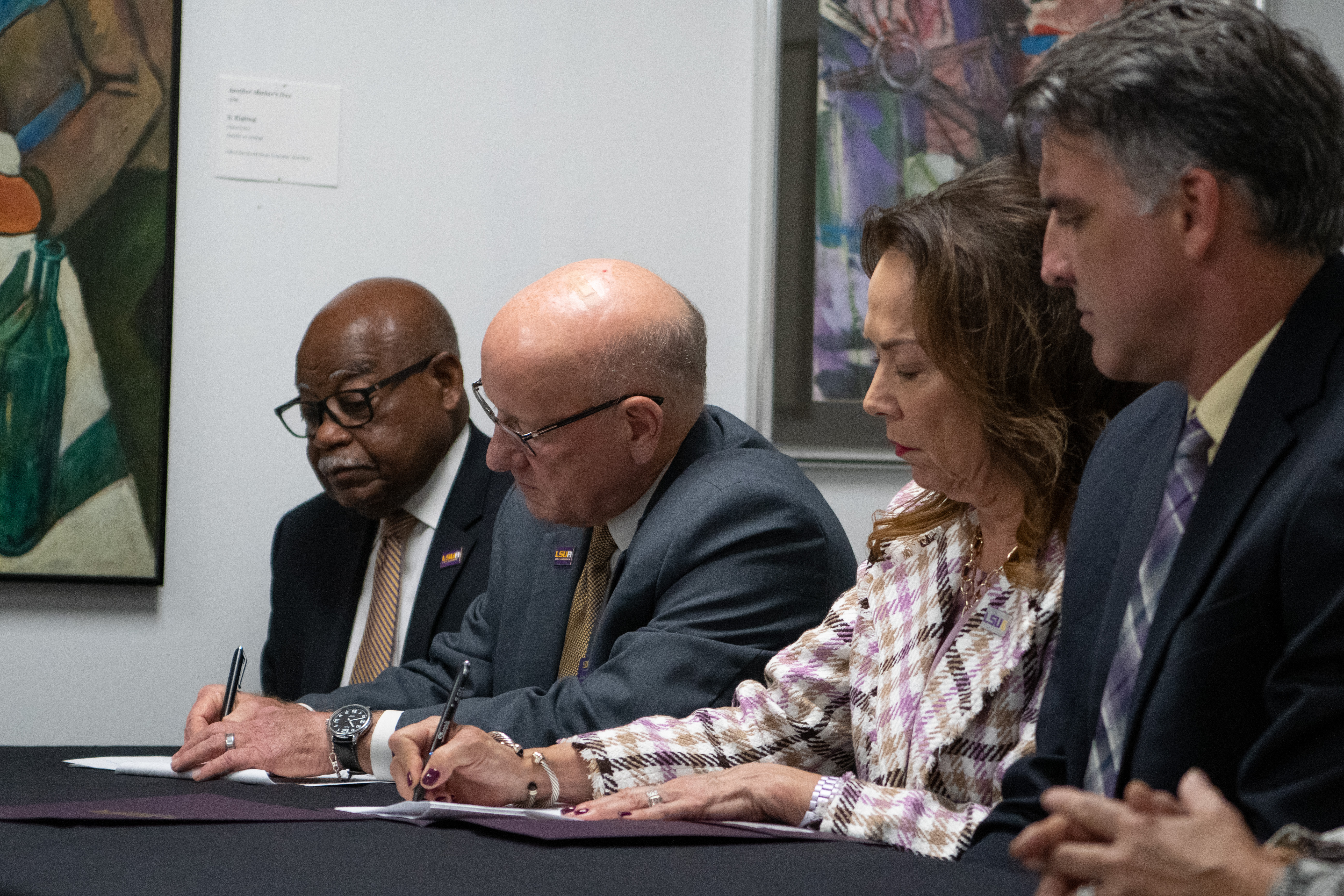Characteristics of Effective Programs*
It is suggested that units use these standards as a means to determine their organization's effectiveness.
What does the office/department strive to accomplish?
A mission statement for the office/department that:
- Delineates the reasons for the office's/department's existence.
- Links the program to the educational mission of the University.
- Identifies constituencies that are served.
- Is updated, revised and approved annually.
How does the office/department go about achieving its mission?
A set of intended outcomes for the office/department that:
- Are clear, concise, specific and measurable.
- Define and pursue excellence.
- Are established at least annually.
- Are collaborative where possible, both within and beyond the University.
- Utilize results obtained from prior evaluation/assessment efforts.
A planning/budgeting process that:
- Is based on a knowledge of the needs, expectations and perspectives of constituent groups.
- Emanates from the intended goals/objectives.
- Incorporates relevant "futuring" literature.
- Provides opportunities for participation by faculty/staff in the office/department.
- Provides long-term direction as well as short-term focus.
Management of human resources that:
- Identifies performance standards for faculty/staff.
- Conducts annual written evaluations of faculty/staff based on the standards of performance.
- Specifies annual professional development objectives for all faculty/staff.
- Recruits, promotes and retains qualified faculty/staff.
- Identifies, designs and promotes opportunities for the further education and training of faculty/staff.
- Provides opportunities for faculty/staff to receive feedback from colleagues, supervised faculty/staff, and students.
Communications that:
- Provide for appropriate sharing of information within the office/department.
- Inform other offices/departments in a timely manner of decisions that may have an impact on them.
- Provide for sharing of information with constituent groups.
Management of finances that:
- Results in office/department expenditures not exceeding the annual budget without prior authorization.
- Conforms to all state and university policy and procedures.
- Results in expenditures being directly related to office/department goals/objectives.
- Establishes an appropriate internal control structure.
Management of technology that:
- Insures that faculty/ staff have achieved necessary skill levels.
- Documents office/department procedures relating to the use of technology.
- Provides appropriate security access to data.
- Conforms to all state and university policies and procedures.
- Provides cross-training of staff in critical/essential functions.
Collaborative efforts that:
- Actively seek out other offices/departments involvement in establishing intended outcomes.
- Involve other offices/departments in decision-making, where appropriate.
- Emphasize involvement in the pursuit of objectives identified by other offices/departments.
Service to constituents that:
- Initiates and maintains positive working relationships.
- Seeks out and responds to constituent needs.
- Is timely, accurate and respectful of constituents.
- Includes participation on related committees, on or off campus.
Office/department practices that:
- Meet ethical standards of the profession.
- Comply with all federal, state and local laws.
How does the office/department determine that its objectives have been achieved?
Assessment/evaluation efforts that:
- Include periodic program reviews.
- Provide for external input into program reviews.
- Determine satisfaction/dissatisfaction levels of constituents.
- Obtain and utilize comparative information on programs and services of peers.
- Identify and determine targets for appropriate performance measures/benchmarks.
- Determine the extent to which excellence is achieved.
- Assess learning delineated in intended objectives.
- Evaluate intended administrative objectives.
- Are utilized at least annually in the allocation of program resources.
Program Review Options Show:
- Office/Department is in total compliance with the characteristic.
- Office/Department is in partial compliance with the characteristic and the following recommendations are made.
- Office/Department is not in compliance with the characteristic and the following recommendations are made.
*Copied with permission from James Madison University Office of Institutional Research
February 26, 2025




